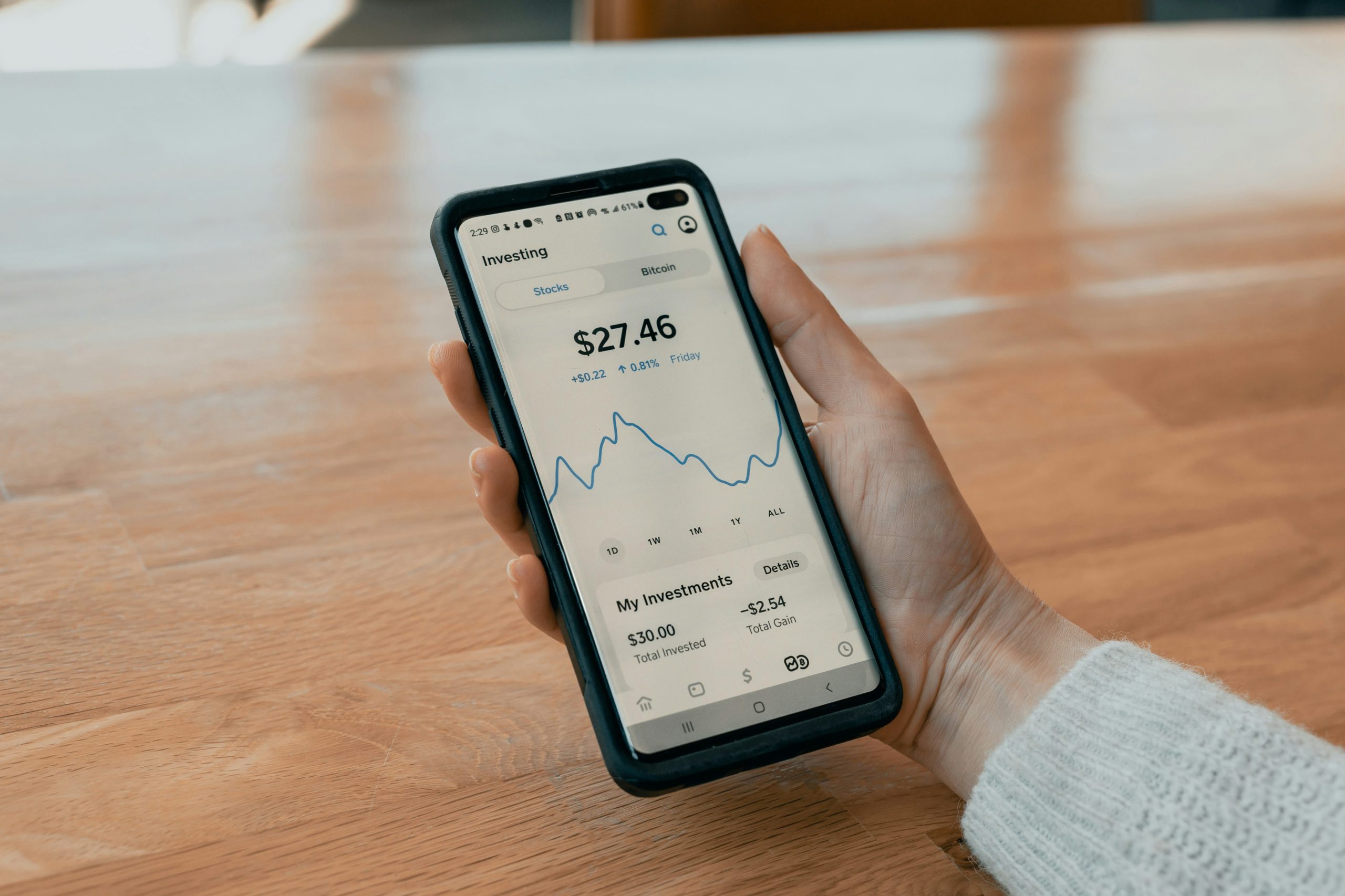The cryptocurrency environment is fascinating and dynamic, offering a new asset class with a peek into a decentralized future. But, for newcomers, rather than throwing them in the deep, understanding it is a challenge. One such challenge is understanding how to transfer crypto. In this article, the process of secure cryptocurrency transfer is demystified with a step-by-step guide.

Why Transfer Crypto?
There are several reasons why you might want to transfer crypto. Here are a few common scenarios:
- Transferring Crypto Between Exchanges: Maybe your asset is held on one exchange but you are desirous to trade it on another platform with secure trading fees and more digital coin selection. Many users search for conversion rates from slp to php when moving gaming tokens like Smooth Love Potion to Philippine Peso for real-world value.
- Moving Crypto to a Wallet: You may move your coins to a hardware or a software wallet to get more security and autonomy over your private keys.
- Sending Crypto for Payments: Some dealers and people will be ready to take crypto payments. Doing so will require a cryptocurrency transfer from your wallet to the receiver’s wallet address.
Understanding Crypto Wallets and Addresses
Before diving into the specifics of how to transfer crypto, it’s crucial to understand crypto wallets and addresses. Different from traditional bank accounts, cryptocurrency isn’t stored in central banks but rather in a decentralized database called blockchain. To enter the ledger and transfer crypto you have to have a crypto wallet.
Think of a crypto wallet as a software application or physical device that stores your private keys. These private keys are essentially cryptographic passwords that grant access to your crypto holdings on the blockchain. Public keys, derived from private keys, act as your receiving addresses. These are the unique strings of alphanumeric characters you share with someone when they want to send you crypto.
Crypto Transfer Process: A Step-by-Step Guide
Now that we are familiar with the fundamentals, we will proceed to an exposition of sending crypto. Although there may be some variations depending on the platform you are using (exchange or wallet) the basic steps remain the same.
-
- Initiate the Transfer: Log in to your exchange or wallet and navigate to the “transfer” or “withdraw” section. This will typically be located under your account settings or portfolio overview.
- Choose the Crypto Asset: Define the particular cryptocurrency you want to transfer. Always check the coins that are supported by your wallets and exchanges to avoid regrets about choosing the wrong place.
- Enter the Recipient’s Address: This is the crucial step. Carefully enter the public address of the recipient’s wallet. Spend some time to make sure the destination address is correct. Crypto coin transfers to unintended addresses can lead to total loss of the owner’s coins as they simply cannot be retrieved. Some providers provide the scan for QR code linking to the recipient’s address and additionally, the platforms allow one to reduce the mistakes.
- Specify the Transfer Amount: Enter how much you want to transfer in cryptocurrency. You will see it as part of the specific crypto unit (e.g., bitcoin (BTC), ether (ETH)).
- Network Fees (Optional): Depending on the cryptocurrency chosen and the platform you are using, the transfer may have an associated network fee from the blockchain. Such fees are used to pay miners or validators of the blockchain network for handling your transaction.
- Review and Confirm: Take time to go through all the details – recipient address, transfer amount and network fees (if these are applicable). Once you’re confident everything is correct, proceed with the confirmation step. This might involve entering a two-factor authentication code or completing additional security checks depending on your platform’s security protocols.
Additional Considerations for Secure Transfers
Here are some additional points to remember for secure crypto transfers:
- Double-Check Everything: As mentioned earlier, typos in recipient addresses can lead to permanent loss of funds. Always double-check and verify the address before confirming the transfer.
- Beware of Scams: Never share your private keys with anyone. Trusted platforms undertake no transfer transactions without your private keys. Phishing attacks usually aim at obtaining personal keys, so be aware of unwanted emails and messages pretending to need those keys.
- Understand Network Confirmations: Once you initiate a transfer, it might take some time for the transaction to be confirmed on the blockchain network. The number of confirmations required can vary depending on the cryptocurrency and platform. A higher number of confirmations signifies a more secure and irreversible transaction.

Conclusion
By understanding the basics of crypto wallets, and addresses, and following the steps outlined above, you can confidently navigate how to transfer crypto. Remember, security is paramount, so double-check recipient addresses and prioritize platforms with robust security measures.
